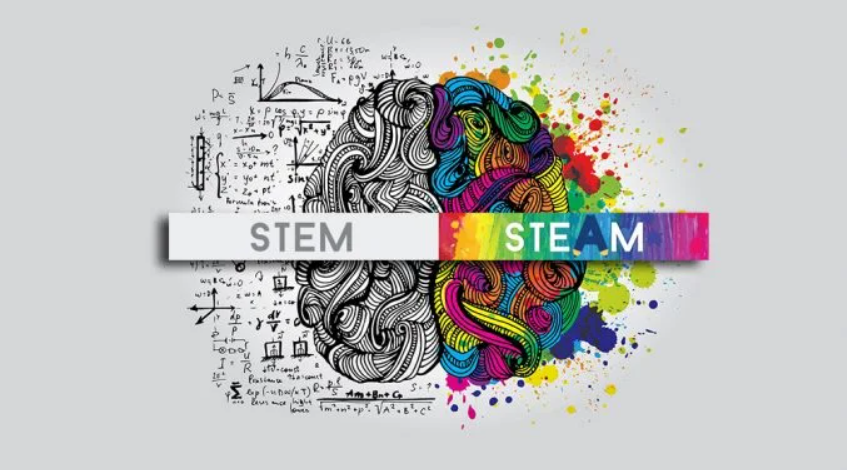~ B. Sujitha
In the modern-day, employment opportunities are becoming scarce with every passing day. To have a successful career in any field, just in-depth field knowledge is not sufficient. A person is expected and required to have multidisciplinary knowledge. Keeping in mind the ever-evolving world, academicians and scientists have come up with the concepts of STEM and STEAM. They are a philosophy of education.
STEM is the acronym, wherein it stands for Science, Technology, Engineering and Mathematics. STEAM stands for STEM plus Arts. So, STEAM includes Science, Technology, Engineering, Arts and Mathematics. Arts is a comprehensive topic that includes humanities, social sciences, languages, dance, music, theatre etc. These acronyms were created for easy reference to all these concepts.
The key difference in both of these is that STEM is concerned exclusively with science concepts and scientific understandings. STEAM looks at the same scientific concepts with an Arts perspective tinge. Arts focuses on creative and the box problem-solving orientation. STEAM focuses on cross-disciplinary learning.
For instance, ‘mathematical principles used to create a fine art painting or imagery’ is an application of STEAM learning.
STEM system:
It is designed to include all Science, Technology, Engineering and Mathematics topics into one whole. STEM aids the brain in advancing its logical-reasoning aspect and enables the person to become more practical-minded towards perceiving opportunities. This helps in a better understanding of projects which are cross-cutting through different disciplines. Example: Bridge Building. It seeks to build up students with the skills required for the modern-day world. In a highly technological world, students require an integrationist approach towards education.
STEAM system:
STEAM integrates the Arts perspectives into STEM. Arts require creative thinking and finding out of the box solutions. Arts is about finding ingenious methods of problem-solving. STEAM allows artistic expression to projects and problems. It basically adds onto the creativity level of a person along with the development of their technical skills. Thus, STEAM is considered the highest form of interdisciplinary learning. STEAM organically expands the spirit of learning of STEM. For arts students, STEAM helps academics seem easier to understand and more interesting.
Conclusion:
A lot of people feel no difference between STEM and STEAM. But STEM places students in a binary thinking process wherein students start to believe that they can be either good at science or art, but not both. However, STEAM also has bright consequences on the students’ career interests and opportunities. Rather, STEAM widens the range of possibilities of whole-brain development.
Must read: https://skchildrenfoundation.org/national-science-day/





